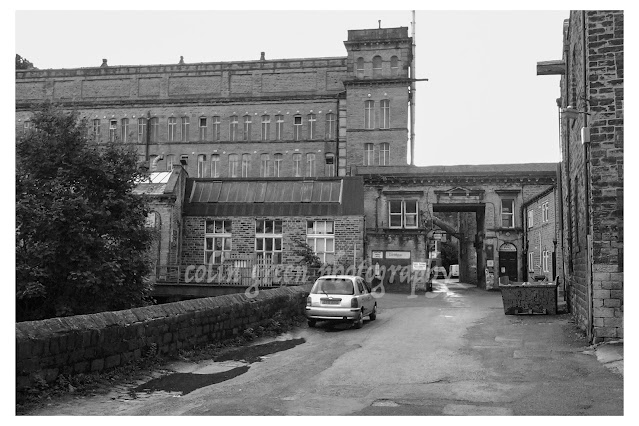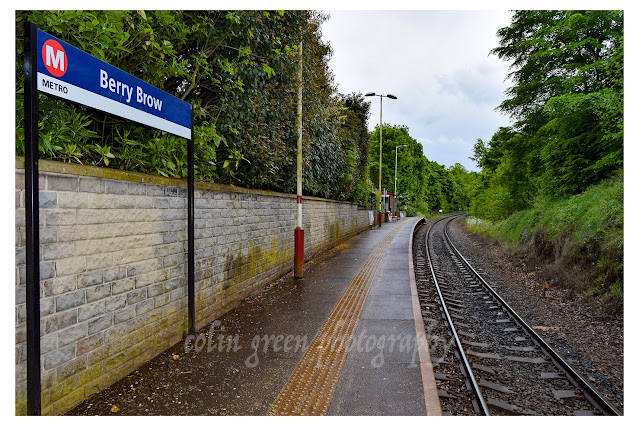Saturday, 27 May 2017
Asquith Bottom Mill, Sowerby Bridge November 2013
Saturday, 8 April 2017
Peñas del Cache: Lanzarote's Majestic Summit
Peñas del Cache, reaching a height of 672 meters above sea level, offers the highest panoramic views on the island of Lanzarote. This popular destination attracts both stargazers, drawn to the clear, dark skies, and sightseers eager to witness the breathtaking vistas stretching across the island and the vast Atlantic Ocean. The name "Peñas del Cache" is believed to originate from the Guanche language, the language of Lanzarote's original inhabitants, and is thought to mean simply "the height."
While a military observation post slightly higher than the public viewing area overlooks Peñas del Cache, access to this post is restricted. The readily accessible viewing point is located in the northern part of the island, within the municipality of Haría.
Geologically, Peñas del Cache is a stratovolcano, a formation built up over millennia by layers of hardened lava and tephra (volcanic ash). Scientists estimate its formation occurred during the Miocene period, which spanned approximately 5 to 23 million years ago. Adding to the area's rich history, archaeological evidence of the Majos, the ancient inhabitants of Lanzarote, has been discovered near Peñas del Cache, offering a glimpse into the island's past.
 |
| The Atlantic ocean which surrounds Lanzarote can be seen down at sea level. |
Sunday, 8 January 2017
Fartown Rugby and Cricket Grounds, Huddersfield.
Fartown, originally known as St. John's Ground, has a rich sporting history that spans from cricket to rugby league. Its story begins in 1868, hosting cricket matches. In 1875, a pivotal merger took place, uniting Huddersfield St. John's Cricket Club with Huddersfield Athletic Club, which had already established a rugby club in 1866. This union laid the groundwork for Fartown's future as a rugby stronghold. By November 2nd, 1878, the ground had been sufficiently developed to host its first rugby match, a contest against the Manchester Rangers Rugby Club.
Fartown's significance in rugby history was further cemented in 1895 when the sport underwent a major split. Huddersfield joined the Northern Rugby Football Union, the breakaway faction that eventually evolved into the modern game of rugby league. Fartown became their home ground, a relationship that would last for nearly a century.
For almost a hundred years, Fartown echoed with the roar of the crowd and the clash of tackles. Its most glorious moment likely came in 1947 when it hosted a Challenge Cup Semi-Final, packing in over 35,000 spectators – a testament to the ground's capacity and the passion for rugby league in Huddersfield.
However, the stadium's fortunes began to decline in the 1980s. Despite its illustrious past, Fartown fell into disrepair. In 1992, Huddersfield Rugby League Football Club moved to the Leeds Road Stadium, marking the end of an era. Shortly after their departure, Fartown was demolished, erasing much of its physical presence. Today, only the floodlights, perimeter fencing, and the pitch itself remain as silent witnesses to the stadium's vibrant past, a reminder of the thousands of fans and the countless sporting memories forged within its boundaries. Fartown's story, though its stands may be gone, continues to resonate within the history of Huddersfield and the story of rugby league.
Monday, 2 January 2017
The Rise and Fall of Halifax's High Level Railway: A Victorian Dream Unfulfilled Pictured February 2014
The Halifax High Level Railway, a testament to Victorian engineering ambition, once carved a dramatic path across the Halifax landscape. Originally conceived as part of a grand scheme by the Hull and Barnsley Railway to link Holmfield with Huddersfield and beyond, and culminating in a grand new central station at George Square, Halifax, the project ultimately fell short of its initial vision. Though construction began in 1884, the ambitious plan was abandoned just two years later. The line, however, did open to Halifax St. Paul's Station on September 5th, 1890, a truncated version of the original dream.
The construction of the High Level Railway was a significant feat of engineering. The line boasted a 740-metre tunnel, the impressive 10-arch Wheatley Viaduct, and substantial cuttings on either side of the tunnel. Large goods yards at Pellon and St. Paul's stations further underscored the scale of the undertaking.
Despite the impressive infrastructure, the High Level Railway never captured the hearts of local passengers. Its indirect route, often requiring a change at Holmfield Station onto the Queensbury Line to reach the center of Halifax, proved inconvenient. The line's true calling became freight transport, serving the numerous mills that dotted the northern and western reaches of Halifax. Passenger services were withdrawn in 1916, a mere 26 years after opening, and the line was quickly singled, with signaling removed. Freight traffic continued to rumble along the High Level until June 27th, 1960, before finally succumbing to changing economic realities.
Today, the remnants of this once-bustling railway offer a glimpse into a bygone era. The Wheatley Viaduct still stands, a majestic, if now inaccessible and abandoned, monument to Victorian ingenuity. The Wheatley Tunnel also remains, although its eastern portal has been filled in, and a housing estate now occupies the land above. Further along the route, Wood Lane, Brackenbed, and Pellon Lane bridges stand in remarkably similar condition to their operational days, bearing silent witness to the trains that once passed beneath and above them. The substantial stone-walled embankment at Pellon, too, endures, as do many of the bridges towards King Cross, though many of the latter have been infilled over time.
The echoes of the High Level Railway can still be found in the modern landscape. The site of Pellon Station is now part of an industrial estate known as High Level Way, a subtle nod to the area's past. The grand Halifax St. Paul's Station, once a gateway to the town, has been transformed into a retail park, erasing almost all traces of its railway heritage. For many years, a car dealership and petrol station occupied the site, but recent redevelopment has further reshaped the landscape. While the High Level Railway may be gone, its legacy, both visible and hidden, continues to shape the character of Halifax.
Wednesday, 28 December 2016
Berry Brow Railway Station.
Nestled amidst the rolling hills of the Holme Valley, Berry Brow railway, originally opened on the 1st July 1850, as part of the Lancashire and Yorkshire Railway, the station served the local community until its closure on the 2nd July 1966, before reopening on the 9th October 1989 300 yards from the site of the original station. Both Halts witnessed countless journeys and stories unfold within its walls.
Today, Berry Brow station operates as a delightful single platform halt on the scenic Penistone Line. Passengers can hop on and off, enjoying the convenience of a quick commute or embarking on a leisurely exploration of the surrounding countryside. The station itself boasts a quaint charm with its single platform hidden away inside a railway cutting.
Beyond the station lies a treasure trove of sights and experiences. The village of Berry Brow itself is a quaint haven, offering traditional pubs, cosy cafes, and independent shops nestled amidst charming stone cottages. For the more adventurous, the surrounding hills beckon with their hiking trails, panoramic views, and hidden waterfalls.
Berry Brow station is more than just a transport hub; it's a vital part of the community fabric. Local residents gather here for daily commutes, weekend outings, or simply to meet friends and family visiting.
A Waterscape Transformed: Boxing Day Floods at Sowerby Bridge
The spirit of Boxing Day 2015 across the Calder Valley was shattered by a deluge that turned the familiar, picturesque waterways into a form...

-
Have you ever wondered about the imposing wall that lines a stretch of the Rochdale Canal in Todmorden? It's not just a simple retaining...
-
Tucked away on Route 66 of the national cycle network, a quiet path winds through the small village of Brearley, between Luddendenfoot and M...




















































